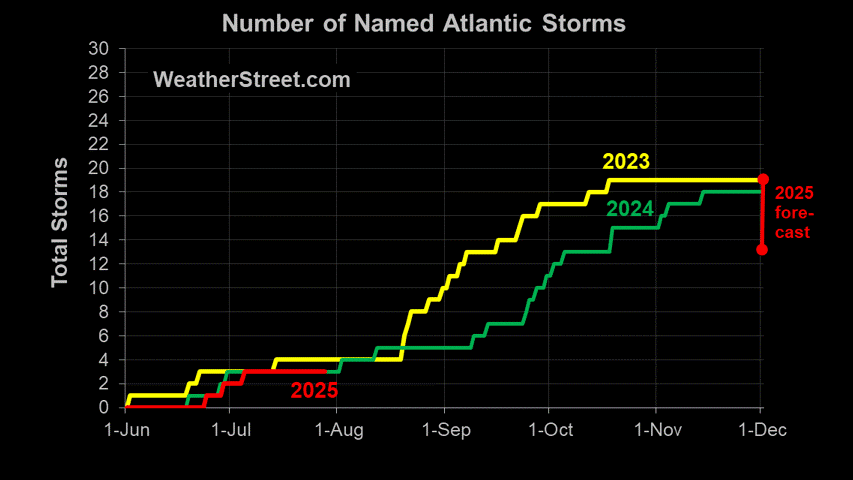
The fourth named tropical system of the 2011 season has formed and is heading for South Texas. Tropical Storm Don looks to bring some much needed rain to far south Texas and northern Mexico beginning this afternoon or tonight. From the tracking forecasts, it appears that Don will be coming ashore in the vacinity of Corpus Christi with 50 MPH winds sustained winds.
Don closes on Texas coast, will spread much-needed rain/ (CNN International)
(CNN) -- Tropical Storm Don set its sights on south Texas on Friday as it churned across the Gulf of Mexico, the National Hurricane Center said.
The storm, which would bring much-needed rainfall to the parched state, is forecast to make landfall along the Texas coast late Friday night or early Saturday.
Don had maximum sustained winds of 50 mph (85 kph) with higher gusts at 5 a.m. ET, quickly spinning toward the west-northwest at 14 mph (22 kph).
The storm was about 290 miles (470 km) southeast of Corpus Christi and about 245 miles (395 km) east of Brownsville.
"Some strengthening is possible until landfall, with weakening likely by Saturday morning," the hurricane center said.
Tropical storm force winds extend outward up to 105 miles (170 km), but mainly to the north and east of the storm's center.
It's not often that news of a tropical storm is welcomed, but Don's expected heavy rainfall may prove to be a silver lining for Texas.
"Some parts of Texas are more than 15 inches below average (for rainfall). This storm will likely not be a drought-buster, but could at least put a dent in and around where the storm makes landfall," CNN meteorologist Dave Hennen said Thursday. If Don "does not intensify into a hurricane, this is likely a good thing."
Any rain would be a welcome relief for many Texas farmers, who are suffering from the third worst drought in recorded history, according to the U.S. Department of Agriculture.
Any potential strengthening prior to TS Don making landfall is expected to be slight. There is little if any potential for Don to grow to a minimal hurricane.
Sometimes a tropical storm can be a welcome thing when it helps to relieve drought situations. Texas, Oklahoma and some other areas in this region have been suffering from a very severe drought this year. As TS Don moves over land, it would be expected that the moisture from this storm is spread throughout much of the region. Hopefully this will prove to be a good thing for crops and livestock as well as us regular folks.
However, as usual, when the storm is coming ashore, we aware of the conditions and follow the instructions of the civil authorities. TS Don is moving at a fast pace and would not be expected to cause excessive flooding, BUT sometimes a tropical storm can cause more flooding danger than full blown hurricanes.
So remember to secure any outdoor belongings, watch the water levels, stay away from rising water and hunker down to hide from the wind.













